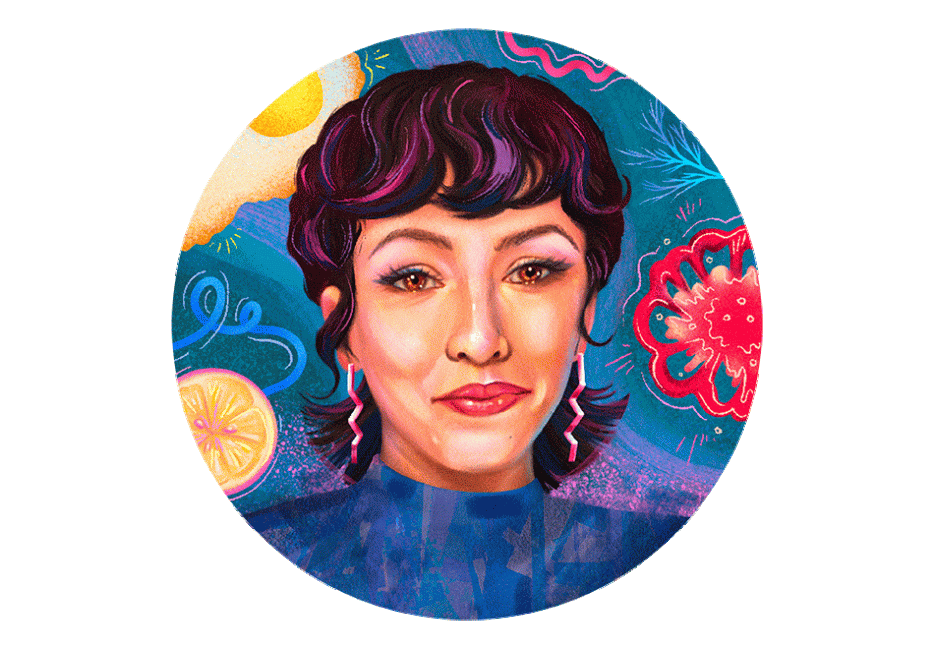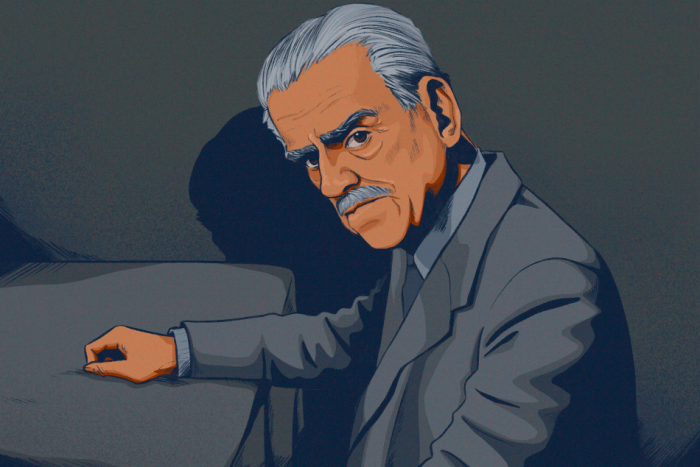Welcome to Cooking is Thinking, a column about the transformation of food and how we feel about it.
For years, my parents had a raspberry bush in the garden of the third home they kept together. So much about this house represented for them having cleared some kind of bar as the people they imagined they might be when they decided to build a life in Canada. As such, they maintained and cared for it at a level of order I’ve never been able to replicate in my own adult life. The window panes were dust-free, the floors consistently mopped, the lawn always mowed, small oceans of grass that separated islands of smoke trees and bleeding hearts. Even the living room was a garden unto itself: ceramic pots of vines sitting on coffee tables and hanging from lamps that I was responsible for watering well into my teens.
The vegetable patch, meanwhile, would never submit, not to order nor care. Beans withered on the vine; carrots came out of the soil sickly and without crunch. Even as a five-year-old, I understood this part of the backyard as apart from whatever pleasure or purpose the garden-keeping gave my mom and dad.
But the raspberry bush was different from the vegetable garden or the home. This one plant thrived on neglect, refusing any act of horticultural discipline and doubling in size each year. It pricked everyone’s fingers and provided handfuls of blush-red fruit for the price, if you were willing to pay it, and every summer I lived in that house I was glad to—fixing raspberries to the tips of my fingers, eating them whole, sticking extras in my pockets, the leftovers rarely surviving the few steps into the house, into the kitchen.
Memories of waiting for these berries supersede any memory of what they tasted like. Learning how to spot their glint of colour, even in the deepest reaches of the brambles. Learning to understand through trial and error which ones were ripe. Picking those berries introduced me to a feeling, a specific kind of meditative state I carried with me for years and didn’t experience again until my early twenties, when someone introduced me to a shrub tree that sprouts constellations of little white flowers in the spring and purple pomes of fruit in the summer.
Indigenous to the upper half of North America and favoured by landscapers for its cold-hardiness, it is known by a few names in English, most commonly saskatoon or serviceberry. A marriage of apple and blueberry and with a bit of almond crunch from their core of seeds, they’re impossible to get enough of, and hard to ignore once you memorize the curve of their leaves, the silvery and uninterrupted bark, the way the berries go from Schiaparelli pink to Tyrian purple as they ripen. Rows of the plant lined the paved entrances of so many apartment buildings, shapes and colours winking at me from the sidewalk.
I picked so many berries that summer, crawling into bushes on my way to the subway or grazing shrubs in Alexandra Park with the back of my hand just after sunset. I’d mix cups of them in melted white chocolate and drop them on a sheet pan to chill it into bark; cook them down with cinnamon and pour them over ice cream; push Ziploc bags of them on to anyone who didn’t think my latest fancy would poison them. This was harder to do back then: in 2009 Toronto, foraging was still considered specialized or passed-down knowledge, or the domain of restaurant kitchens enamoured with chanterelles and ramps. My interest came from neither. I just wanted the fruit.
I had recently moved into my first apartment, broken up with someone, ruined a close friendship and was staring down graduation into a post–financial crisis market. I was too young at the time to be able to own up to how unmoored I actually felt then, but I don’t think I was misguided in looking for serotonin in the shrub lines of parks around where I lived and along safety walls near train tracks. Though it’s usually in response to starvation as a trigger, evolutionary science suggests something specific happens to the brain when you look for food this way—short-term memory and attention to time take a back seat to sensory focus. Colour for ripeness; touch for what will easily come off the branch. Recently, I spent almost ten minutes in a black cap bush without realizing a garter snake had been slung across a branch watching me, inches from my hands, exactly the same colour as the thorns I was trying to avoid.
Nearly fifteen years later, I have my favourite spots, my tricks to pick quickly. Summers have grown to include so many smaller seasons within it. Mulberry, sour cherry, black walnut, aronia, linden, black cap raspberry each have their turn to be ripe, all gleaned from parking lots, a little public landscaping, sometimes through a chain-link fence. What’s more important to me now than the fact of the fruit itself is better understanding what it is I am doing when I go out to look for things that look and taste good to me. It’s for sensory pleasure, yes, but thinking about foraging as meditation or some kind of communion with what grows around me alone is to miss so much about what has brought the necessary components for this pleasure—person, plant, and place—together.
In writing about foraging mugwort for Grist last summer, Zoe Yang gets at what an end point might look like instead. “If sensory awakening is followed by sensemaking, maybe moral responsibility is what follows. First I learned how to see, name, taste, and remember the plants, then I learned their stories, and then it became clear that what we do with their heavy histories and contested habitats is intricately tied up with our own futures.”
It was years before I learned the Cree word for saskatoons, misâskwatômina; connected the fact that it was and is a common ingredient in pemmican, an Indigenous preparation of dried meat, rendered fat and fruit and the namesake of the street where my parents’ home with the raspberry bush thrived; understood that landscapers today favour the plant for its cold-hardiness and soil adaptability—which is why in the many homes I’ve lived in since, I’ve never been far from them.
I’ve since thought about how this plant has been taken from its original context as a naturally occurring part of this ecosystem, a treasured and respected food source for thousands of years the continent over, and literally been re-written and re-planted into street names and the lawns of government buildings, empire’s version of where I live. I’ve since stopped picking more than I need, and have tried to get better at understanding what my need looks like.
These days, I don’t have a garden, and my eldest child, who’s six, picks berries with me instead. He can identify mulberries, saskatoons, and knows never to touch red bittersweet, no matter how lucent they look.
I used to wonder if the sight of a thirtysomething woman bringing her son along to forage for fruit in the city would look like some twee affectation or misguided understanding about foraging’s role in food security or land stewardship. But having taken my kids to pick-your-own-strawberry fields, many of which employ seasonal workers from Mexico and Jamaica under an exploitative national labour program, the idea of treating field work as recreation feels more like the charade. Having seen how fewer and fewer saskatoons make it from flower to fruit as the years get hotter, having a few times earlier this year packed extra masks for my child for outdoor school recesses as the wildfires burned, I no longer worry about what we look like when we pick. Whether it’s global heating or the simple fact of growing up, our seasons doing this together are limited. Just like the fruit, I don’t take them for granted. But more than the fruit—or because the fruit has taught me to—I cherish every one.






